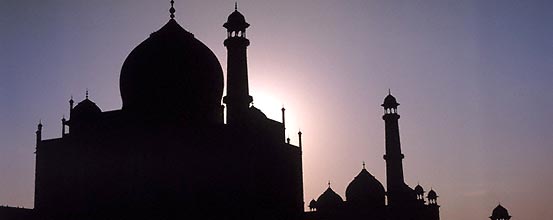» Ancient India » History of India
» Medieval India » Indian Cuisines
More About India..

» Bharatnatyam Dance
» Kathak Dance
» Kuchipudi Dance
» Odissi Dance
More Dances in India..

Medieval History of India |
Offers complete information about Medieval India, India in Medieval, Medieval History of India, Medieval Cultulre of India, Medieval Tradition of India, Medieval Culture. |
About India » Ancient India » History of India » Medieval India » Indian Cuisines More About India.. 
Dances
in India
» Bharatnatyam Dance » Kathak Dance » Kuchipudi Dance » Odissi Dance More Dances in India.. |
 |


Wildlife
in
India » Corbett National Park » Bandhavgarh National Park » Ranthambore National Park » Kanha National Park More Wildlife in India.. 
Indian City Guide
» Agra City Guide » Delhi City Guide » Jaipur City Guide » Leh City Guide More Indian City Guides.. 
Special
Attractions in India
» Adventure in India » Ayurveda in India » Wildlife in India » Yoga in India More Attractions in India.. 
Rajasthan Tour Packages
» Fascination Rajasthan » Rajasthan Desert Tours » Rajasthan Wildlife Tours » Rajasthan Treasure Hunt More Rajasthan Packages.. 
Special Tour Packages
» Discover Kerala » Best of North India » Kerala Pilgrimage Tour » Taj Mahal Holiday More Special tour Packages.. |
Home ::
About India :: Medieval
India
Medieval India - 1192 to 1857The Rajput period was an era of chivalry and feudalism. The Rajputs weakened each other by constant fighting. This allowed the foreigners (Turks) to embark on victorious campaigns using duplicity and deceit wherever military strength failed against Rajputs. Mohammad Ghori defeated Prithviraj Chauhan,
the Tomar ruler of Delhi, at the battle of Tarain in 1192 and left the
Indian territories in the charge of his deputy, Qutubudin (reign - 1206 -
1210), who had started life as a slave. Khiljis, Tughlaqs, Sayyids and
Lodis followed and this period is known as the Sultanate. When the power
of the Sultans declined, the outlying provinces once again became
important and the process of Hindu Islamic synthesis continued almost
without any interruption.
|
|
|